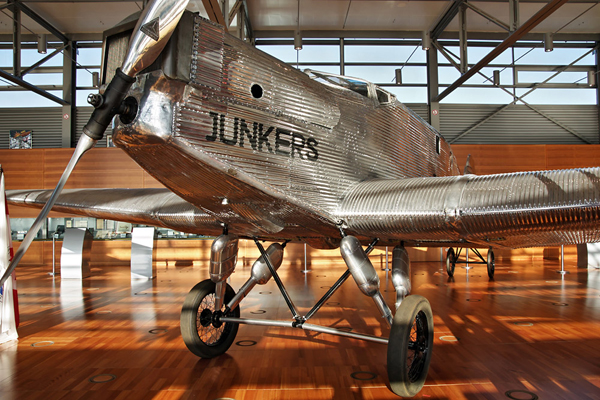The Bremen today
Published in Issue 4 (July/August 2019), Letters, Volume 27Sir,—The article on Col. James Fitzmaurice and the Bremen (HI 27.2, March/April 2019) is a very interesting one. The Bremen was a Junkers W33 long-wing monoplane and was based on a typical all-metal Junkers construction with an aluminium skin. The engine was able to reach 310 horsepower. The average weight of a Junkers W33 was around 2,500kg, but for the specific task of the east–west flight across the Atlantic the power was increased to 360 horsepower and the weight increased to 3,692kg. Owing to this alteration, Captain Köhl and Baron von Hünefeld faced a major problem; based on the Versailles Treaty signed in 1919, Germany was banned from any major new aircraft developments—in case the technology could be used for creating a new air force. This meant that most European nations (France, Spain, Portugal and England) rejected one last stop for the plane to refuel before attempting the flight across the Atlantic. As a new state, seeking international recognition, Ireland offered this one stop—but insisted that an Irish aviator should be included in the flight. The choice fell on Col. James Fitzmaurice. The extra weight of a person was counterbalanced with more fuel and any possible measures to reduce the total weight of the aircraft.

Above: The Bremen is currently on permanent loan and public display in the main Bremen Airport building.
As we already know, the flight was successful; it gave Ireland international recognition, placing it on the map of aviation pioneers. As regards the plane, its fate is generally forgotten; as Germany had broken treaty arrangements by undertaking such a flight, the aircraft was confiscated by the US. It now officially belongs to the Ford Foundation Museum in Dearborn, Michigan. For the purposes of restoration, however, the plane was granted leave from America a couple of years ago, allowing the Bremen to be restored by veterans and instructors of the Bremen Lufthansa Engineering School. It is currently on permanent loan and public display in the main Bremen Airport building.
It is possible to see the original seats, the control panels, original maps, notes, medals and busts of the three aviators. The plane was boarded from below. Only when standing beside the aircraft does one notice how small it actually is—and one will realise how uncomfortable a 36½-hour flight must have been with three people on board. Nevertheless, the legacy of the Bremen and its three aviators lives on, encouraging new technological and pioneering generations. In addition to the Bremen, regular aircraft and space exhibitions take place in the Bremen Airport Terminal, as well as the Young Scientists Competitions at which young pupils get inspired by the pioneering spirit displayed some 90 years ago.—Yours etc.,
ANDREAS BOLDT
Maynooth University
















